The case against eating meat has been gaining traction in recent years, for numerous reasons. Livestock production is responsible for 18 percent of greenhouse gas emissions, according to the U.N., which has recommended that people eat less meat in order to curb global warming. The World Health Organization last year announced that red meat probably causes cancer. As global hunger becomes exacerbated by a growing population, animal products are being called out for being inefficient sources of nutrition due to the relatively high amount of energy, land, and water that is used to produce them compared to so-called “plant-based” foods. Various ethical considerations related to the raising and killing of animals have led many people to pursue other options as well.
Not all meat and animal products carry the same baggage. A freezer full of wild deer meat, for example, isn’t having the same impact on the earth, and on the meat-eater, as a Wendy’s burger. And the deer in the freezer most certainly lived a better life than the cow in that burger. But the majority of consumers don’t have access to enough hunting or fishing opportunities to meet their needs (or desires) for meat. So for the sake of argument, let’s imagine that most of the meat being sold is as bad as the worst-case scenarios predict. Let’s suppose that the collective will exists to create a shift in the human diet to one that is plant-based, and that animals will be phased out of the American agriculture system. In the context of this vegan-topia, I have a nagging question: Who is going to make the poop?
Manure, you’ve probably heard, is widespread in agriculture, especially organic agriculture. The same is true for other animal-based products like blood meal, bone meal, and fish meal, all of which are popular in nearly all agricultural schemes. So if that farmers market tomato or that Whole Foods kale is produced in an earthy cocktail of blood, bone, and excrement, how animal-free is that salad?
Indeed, many of these soil amendments are byproducts of the ugliest side of animal production, the confined animal feeding operations, or CAFOs. It would be nearly impossible to collect cow manure from grass-fed beef. It comes from feedlots. Bone and blood, meanwhile, come from the slaughterhouse. As such, a plant-based diet may push meat off of the plate but doesn’t remove it from the equation.
That, indisputably, is the way it is. But does it have to be that way?
No, according to enthusiasts of a type of food production known as animal-free agriculture. While it isn’t widely known or practiced and doesn’t appear to have much momentum, animal-free (also known as stock-free or veganic) agriculture is definitely a thing. In the U.K., where the movement is strongest, there is even a “Stock-Free” certification program.
The premise is simple. Fertility is managed by the production of “green manures,” or plants that are grown specifically to be composted or plowed back into the soil. And when you think about it, there is a certain elegance to this. After all, an animal like a cow that eats nothing but plants is essentially just a living plant composter, turning those plants into meat, bones, blood, and manure. Why not remove the animal from the equation in favor of other composting tactics to produce that fertilizer? And why not eat the plants themselves, rather than the methane-spewing, exploited beasts that eat it? In these respects, a plant-based agriculture and diet seem like they could be more efficient.
According to Iain Tolhurst, of Tolhurst Organic in south Oxfordshire, it is more efficient. Not only that, his animal-free methods are good for the soil, he says in an article on the website stockfreeorganic.net.
Tolhurst was inspired by vague reports he’d heard of ancient Chinese farmers feeding millions of people with extensive use of green manures rather than animals. His farm is proof that animal-free agriculture is possible, and he believes the principles can be scaled up to larger operations.
But many small-scale organic farmers, even ones who are sympathetic to the negative aspects of meat and its production, are nonetheless skeptical of the need to go as far as to remove animals from ecological loops that have existed for as long as agriculture.
“I’m not saying it’s biologically impossible to grow food without animals,” Montana farmer Josh Slotnick says. “But I also don’t think there is necessarily any moral high ground to doing so.” Grazing animals like cows, bison, and other ungulates have always been a part of the plains ecosystems that make the best farmland, he says, and removing these animals from agricultural systems is an unnecessary end-run around a fundamental law of nature: Life arises from death and waste. Animals have always lived and died, and they always will.
Slotnick professes to eating relatively little meat, subsisting mostly on vegetables. But his fields are decidedly omnivorous. As a farmer he’d sooner part with the meat of the animal than its blood, poop, and bones. But while the majority of ecologically oriented farmers believe there is nothing wrong with incorporating well-treated animals into an agriculture system, you would be hard-pressed to find one who is okay with the fact in many organic farms, large and small, their sacks of animal-based powders come from CAFOs.
If vegans can have their animal-free utopian fantasy for how the world could function under their paradigm, proponents of animal-based ecological agriculture systems have theirs as well. In this vision, CAFOs and mega farms will be replaced by a patchwork of smaller farms, intensively managed by a sea of hard-working yeomen and women. And each of these small farms would raise a few animals as part of its own closed loop. Systems like this could still produce meat, but there would be less of it. For most of us, less meat may be the answer. And the proliferation of vegan athletes more than reinforces the idea that a plant-based diet won’t exactly kill you.
So if you’re looking to reduce your protein footprint, you have two paradigms to choose from. There is the old-school organic, where a small family farm with cows and chickens and bacons quilt the landscape, and in the other, a truly vegan alternative. Which vision you choose depends on whether you believe that the way things have always been should determine the way things will always be. That certainly has not been the way of evolution.
 Toby Sells
Toby Sells 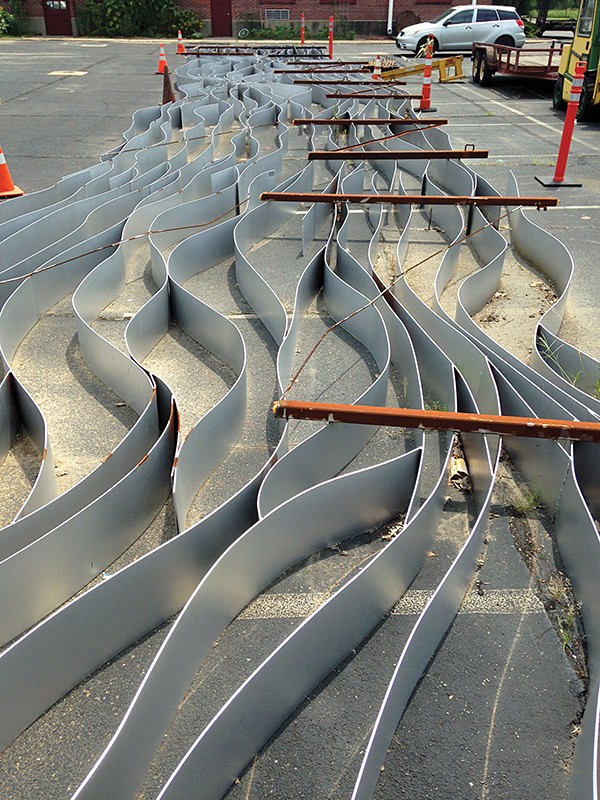 Colin Kidder
Colin Kidder 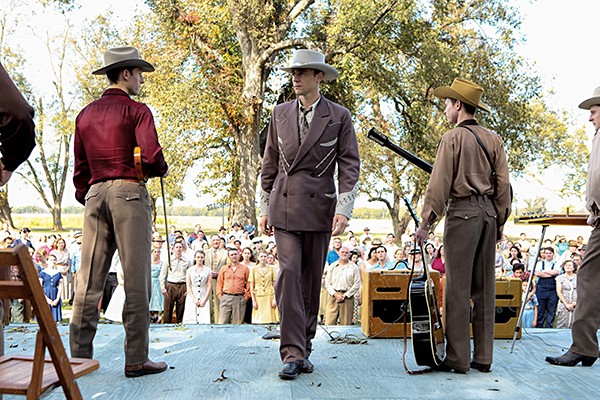
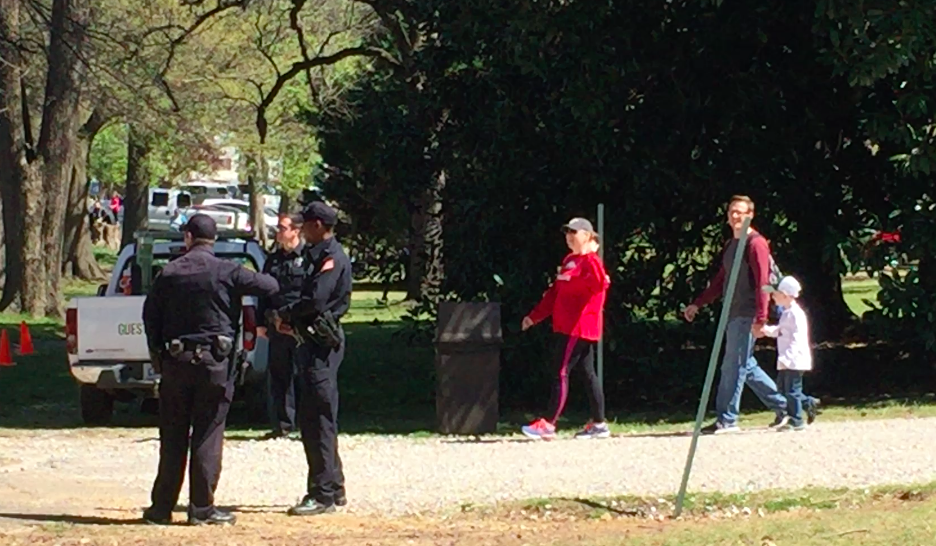 Toby Sells
Toby Sells 
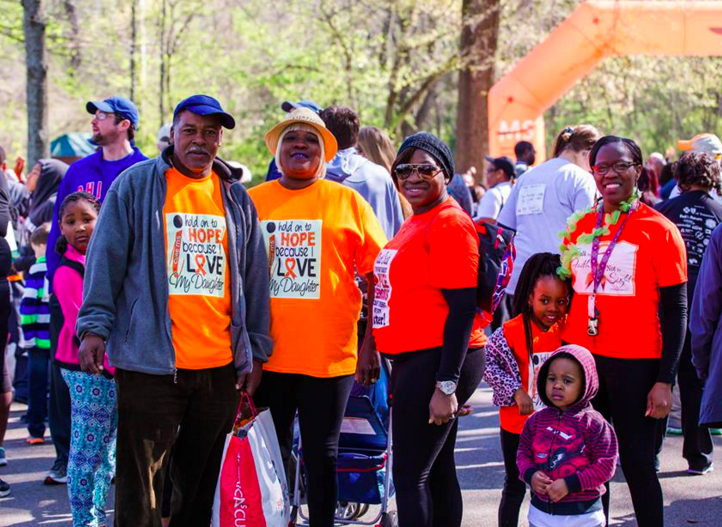
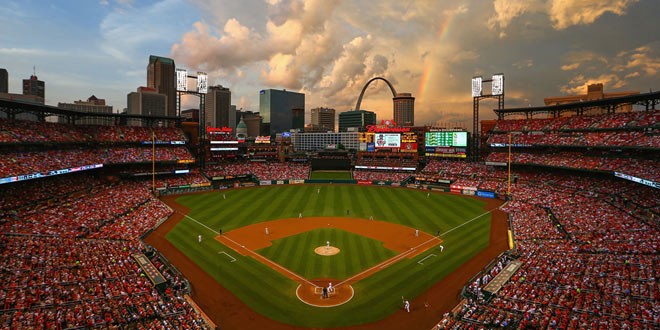
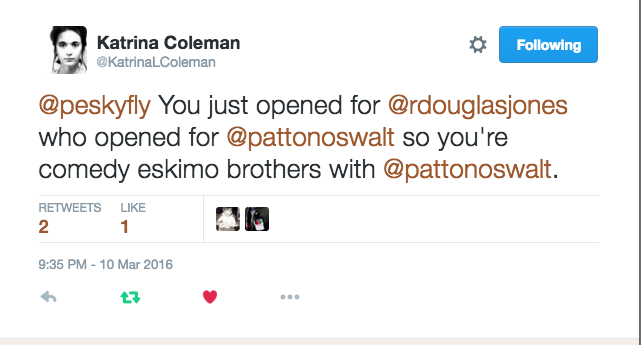

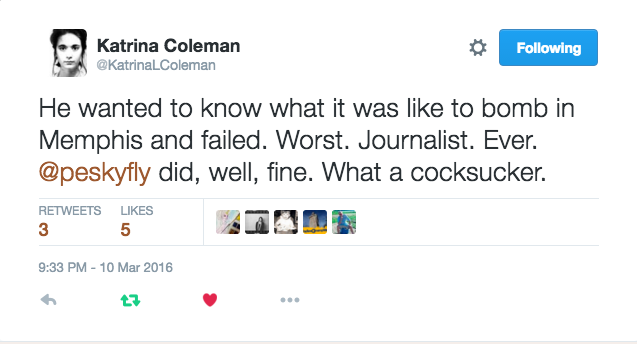

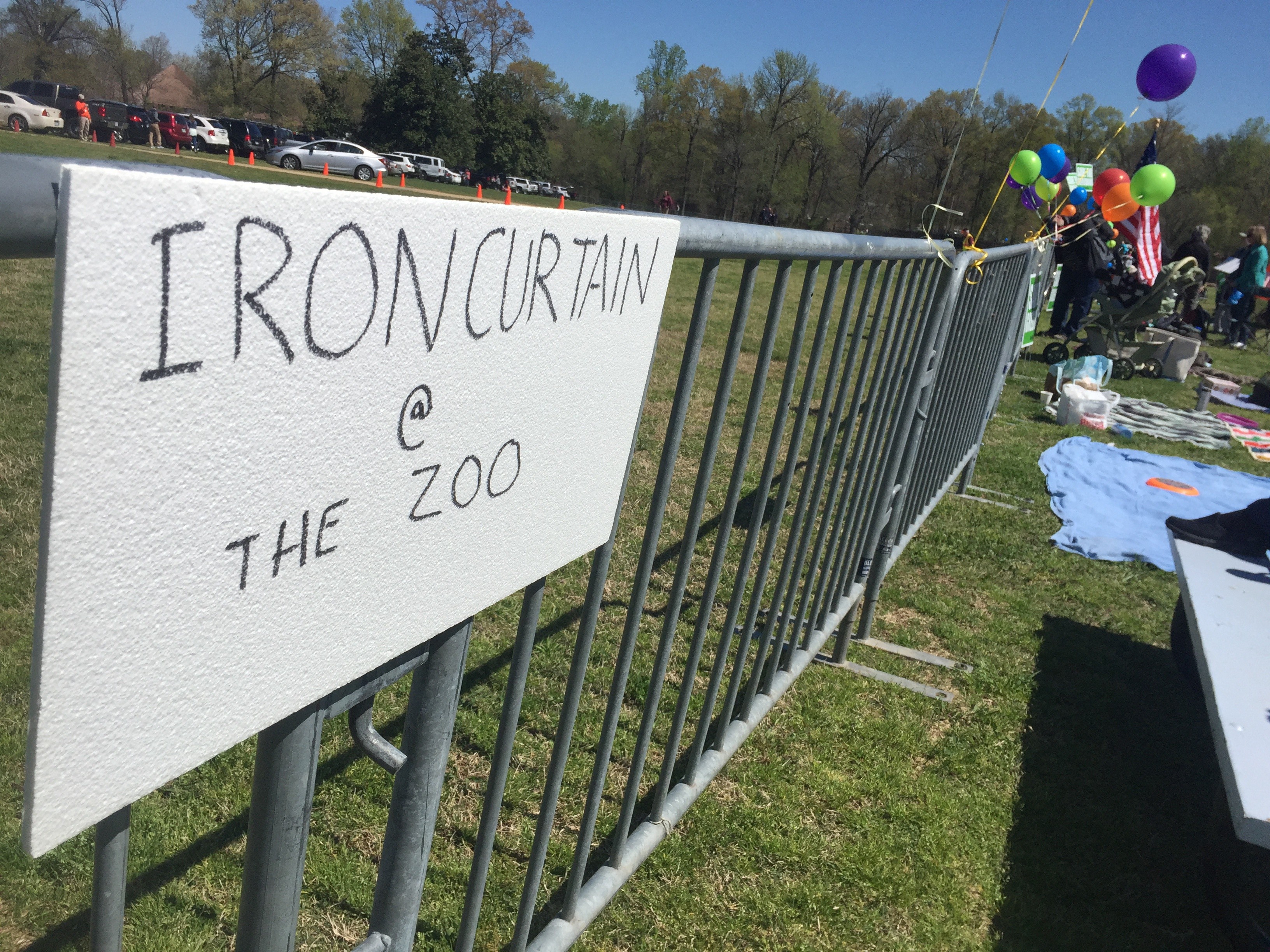 Toby Sells
Toby Sells